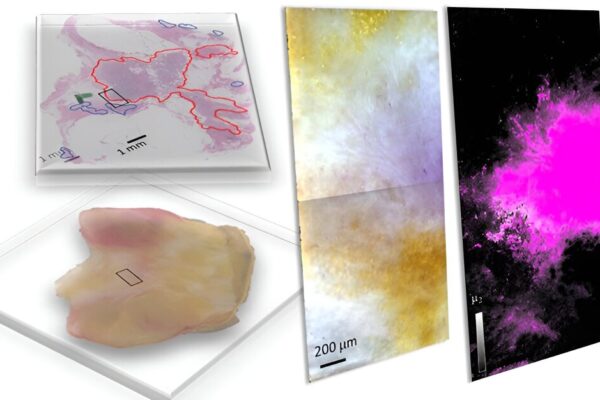
New cardiac research could save women’s lives by improving detection of heart failure
Credit: CC0 Public Domain A new study has advanced how heart failure is detected in women—meaning more female patients can be diagnosed and at an earlier stage. Researchers led by teams from the Universities of East Anglia (UEA), Sheffield and Leeds, have been able to fine-tune how magnetic resonance imaging (MRI) is used to detect…














